In the Middle Ages, Worms - along with Mainz and Speyer - was known as "Jerusalem on the Rhine. Warmaisa, the Jewish name for Worms, played an important role in Judaism for the entire Western European region. Famous rabbis met here and important conferences were held. The most famous scholar of Rashi, Rabbi Schlomo ben Jizchak (1040 - 1105), lived in Worms and Mainz for several years.
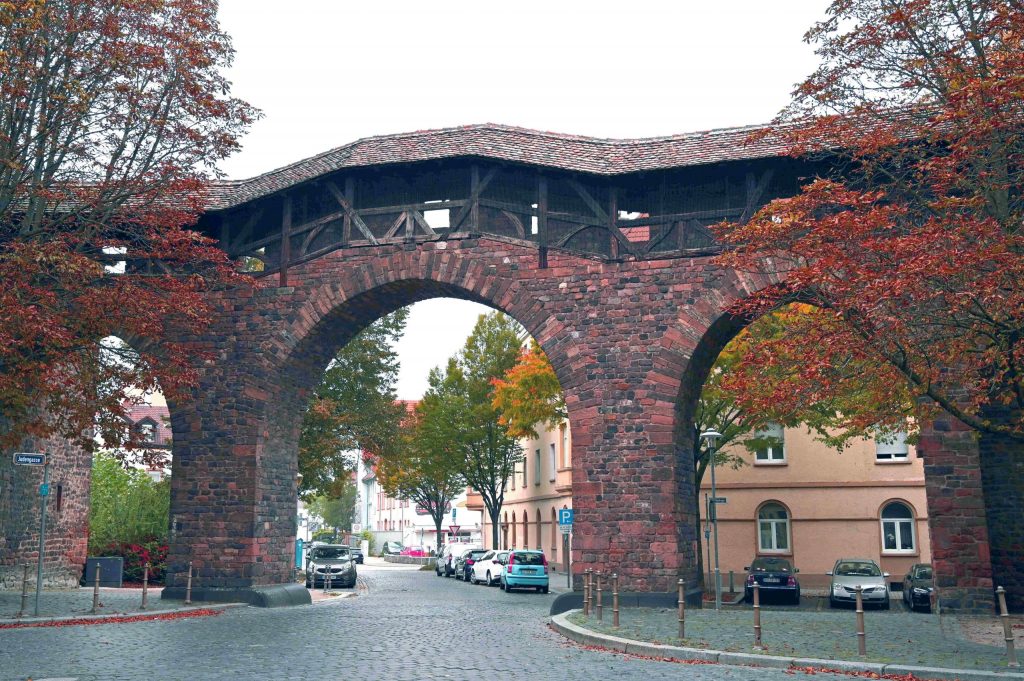
The Raschitor
If you want to walk in the footsteps of Jewish history in Worms, it is best to take the Raschitor at Karolingerstraße 22 as a starting point. It is located in a northeastern direction from the city center and from there it is possible to take a tour. The Raschitor is a passage with three archways through the inner city wall of Worms. The breakthrough was made at the beginning of the 20th century and through the gate you enter the former Jewish quarter.
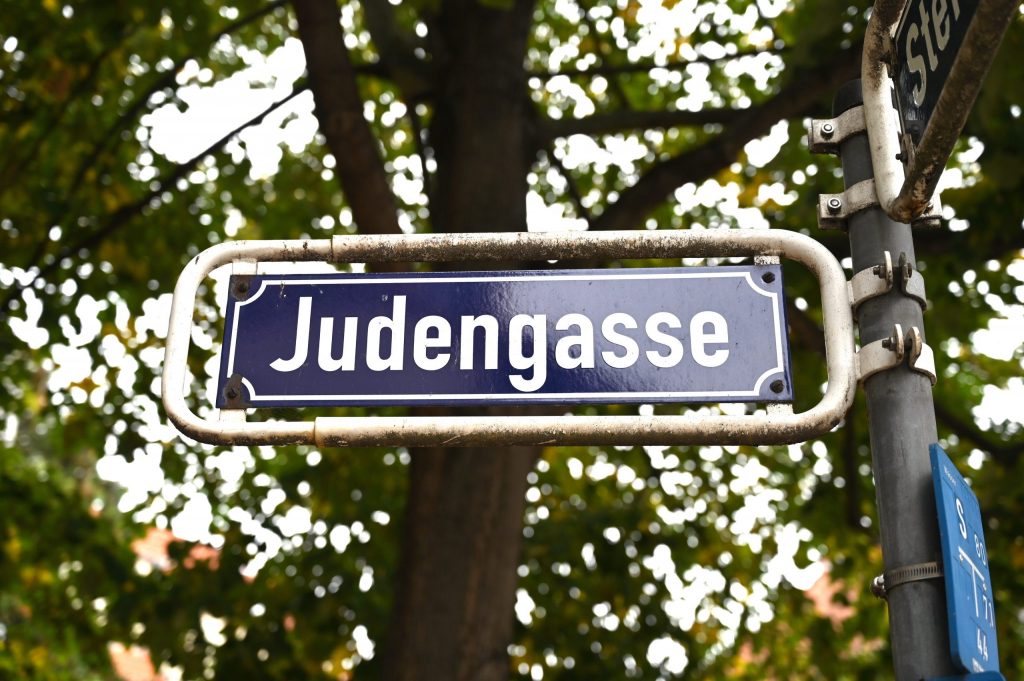
The Jewish alley
Judengasse runs partly along the old fortification and the houses on the north side use the inner city wall as a back wall. The alley was the Jewish ghetto of Worms from the late Middle Ages until the end of the 18th century, because Jews had to live in this alley, which was separated from the rest of the city by gates. In 1801 the ghetto gates were then demolished. In the High Middle Ages, Jews could acquire land throughout the city and also live there.
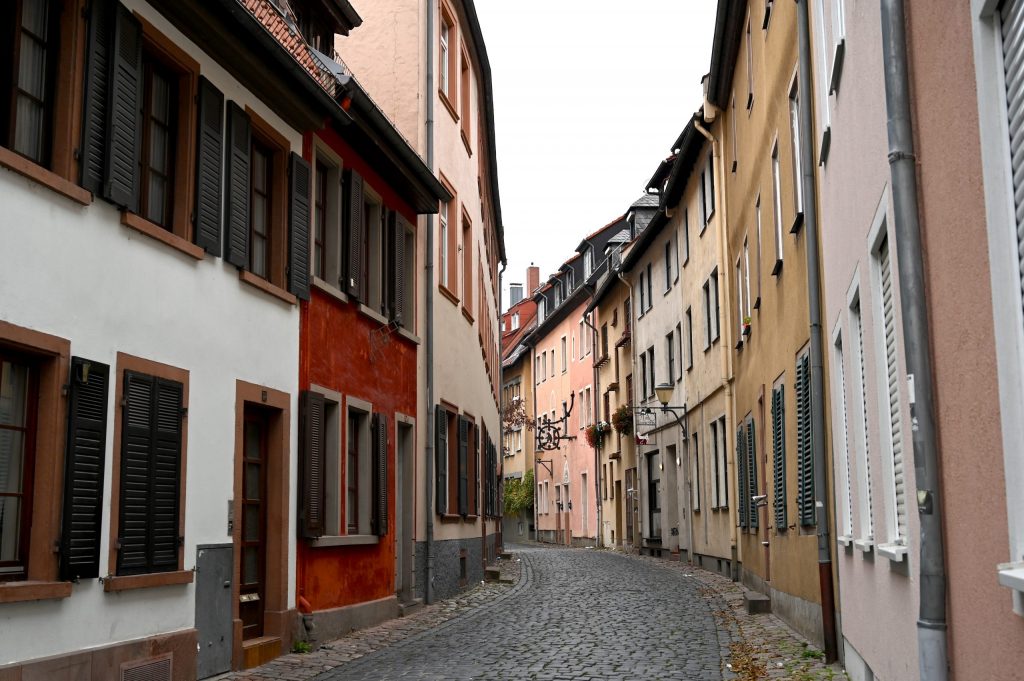
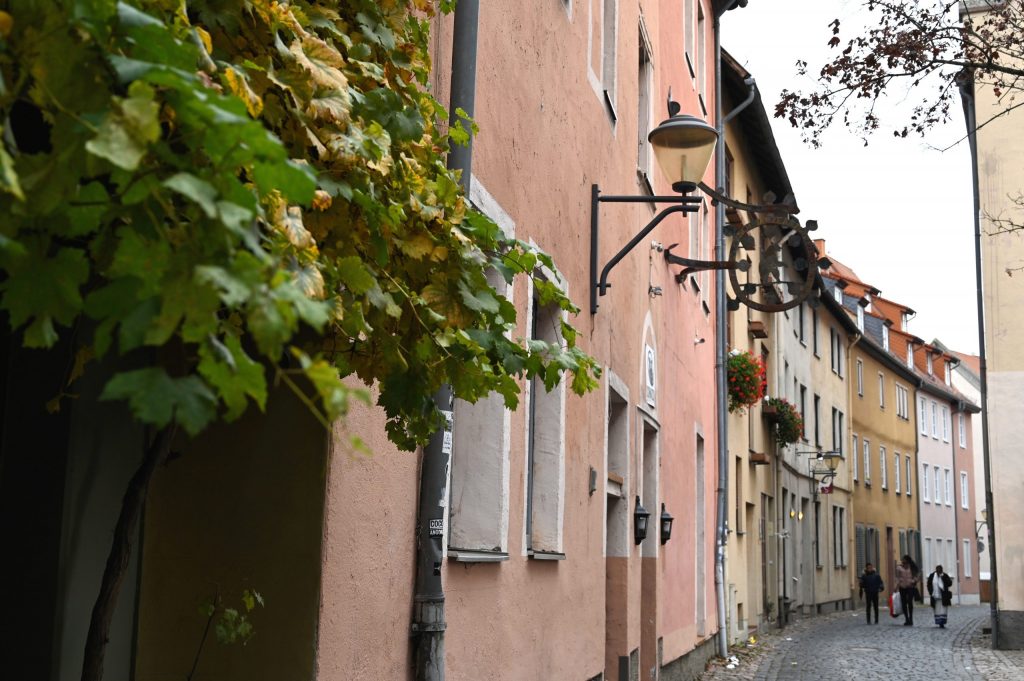
Jugengasse is characterized by narrow houses with mostly three floors. The space was cramped and therefore high buildings were erected. Today, largely neat houses can be seen, which is mainly due to the fact that starting in the 1970s, a cautious renovation of the old town was carried out. Care was taken to preserve the appearance of the street.
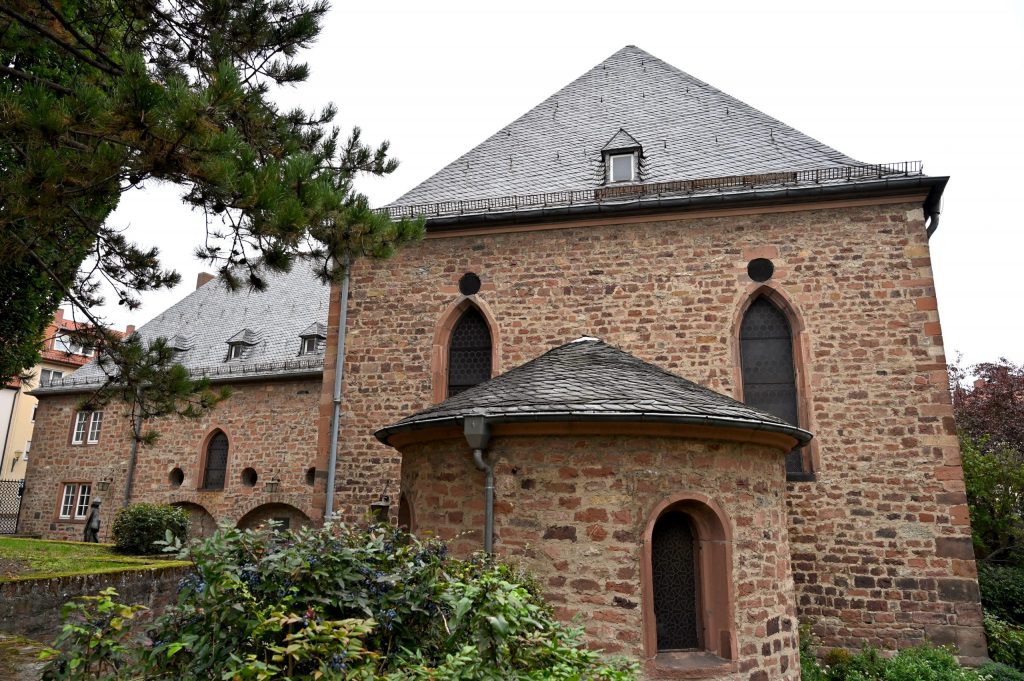
The synagogue
In a westerly direction you reach the Worms synagogue. A first synagogue building was consecrated here as early as 1034 and in the course of later centuries it was repeatedly renewed or expanded. In the 12th century, for example, a new building was erected in the late Romanesque style. In 1186 the MikvahAt the beginning of the 17th century, the vestibule and the Talmudic house of learning - also called the Rashi Chapel - were added.
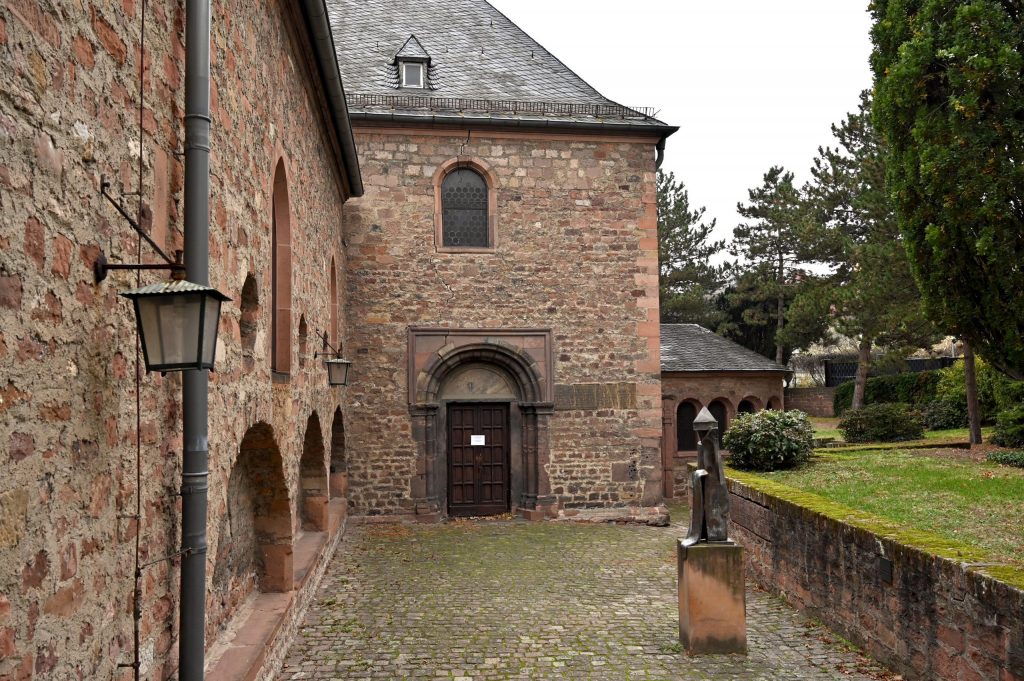
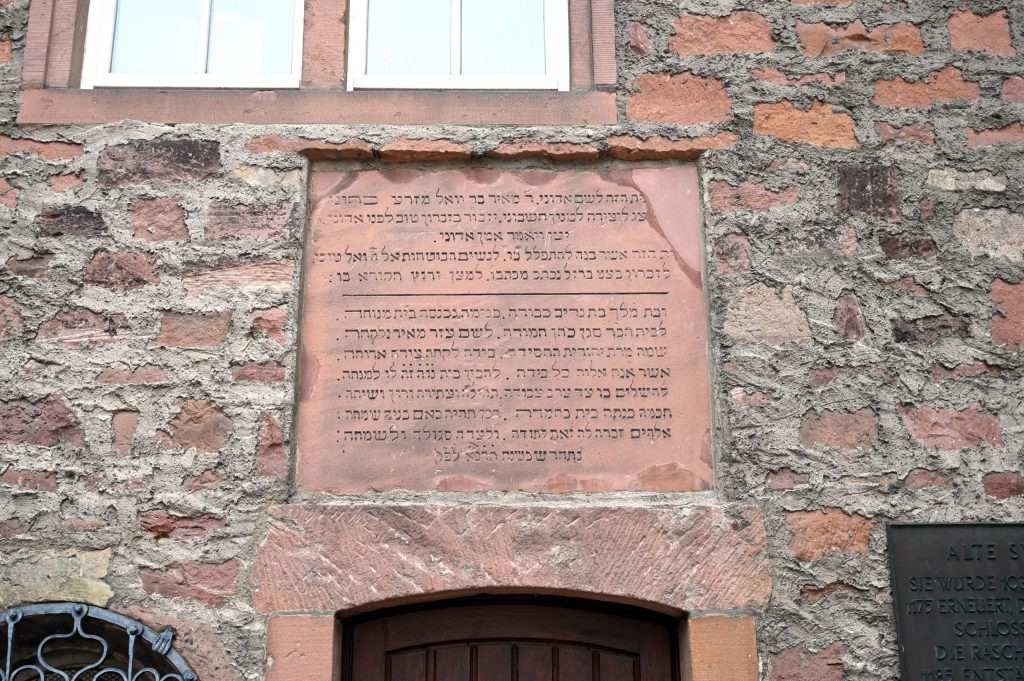
On the night of the Reich Pogrom on November 9, 1938, the synagogue, like all Jewish houses of worship in Germany, was completely destroyed by the National Socialists. Worms citizens then ensured that it was rebuilt from 1959 to 1961 according to old plans and partly with remains. The historic donor plaque of the first synagogue building can be seen on the facade. In the 1990s Jews settled in Worms again. Most of them come from the former Soviet Union. As a result, religious services are held here again and Jewish festivals are celebrated once more.
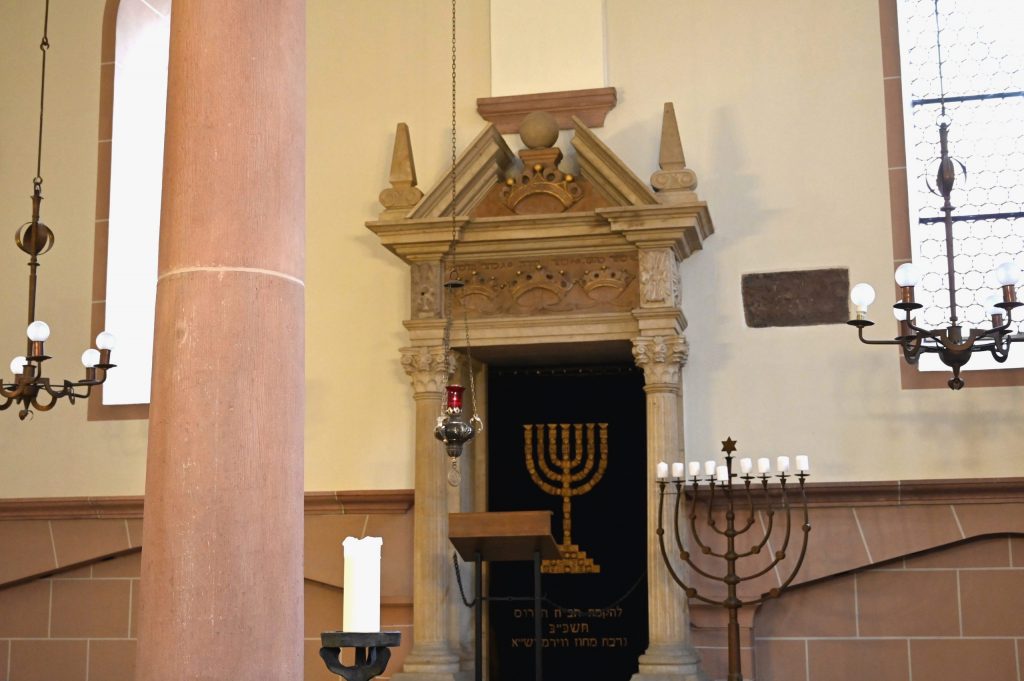
The men's synagogue is a two-nave, rectangular and east-facing hall. Exactly in the center is the reading desk (bima). On the east wall is the Torah shrine, which houses the Torah scrolls with the first part of the Hebrew Bible. In front of it is the Eternal Light (Ner Tamid). The attached women's synagogue is much lower and is supported by a central column. The men's synagogue is used for services today.
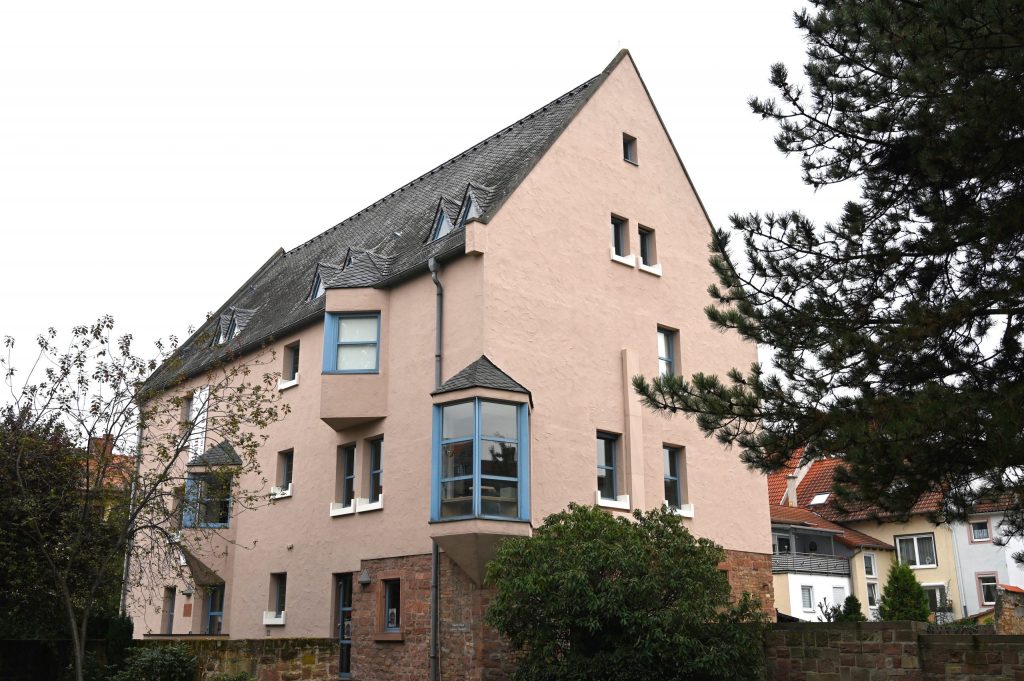
Directly behind the synagogue stands the Rashi House on the site where the dance and wedding house used to stand and where the scholar Rashi probably studied around 1060. It was built on the original preserved vaulted cellar and houses the Jewish Museum. Valuable manuscripts and cultic equipment can be seen there, as well as a copy of the Worms Machsor from 1272, a very detailed illustrated prayer book. Other exhibits provide insights into Jewish life and the period of the Third Reich. The Raschi House currently houses the permanent exhibition "SchUm am Rhein - Vom Mittelalter in die Moderne" and the house also houses the Worms City Archives.
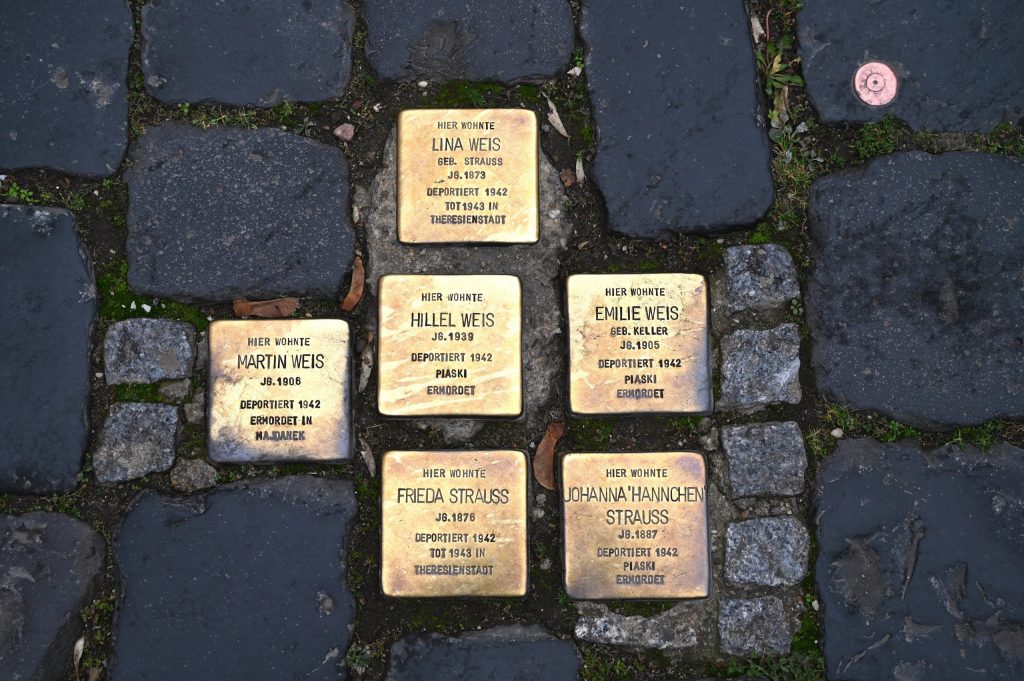
Stumbling blocks
Small brass paving stones called "Stolpersteine" commemorate the victims of the Nazi regime during the Third Reich. The stones with engraved names and dates can be found on the ground in front of the houses where the people last lived. Many of them were Jews who were expelled, deported and murdered. The Europe-wide project "Stolpersteine" by the artist Gunter Demnig was brought to Worms by "Warmaisa", the Society for the Promotion and Care of Jewish Culture, and new stones are added every year. An overview of all stones laid is available "here".
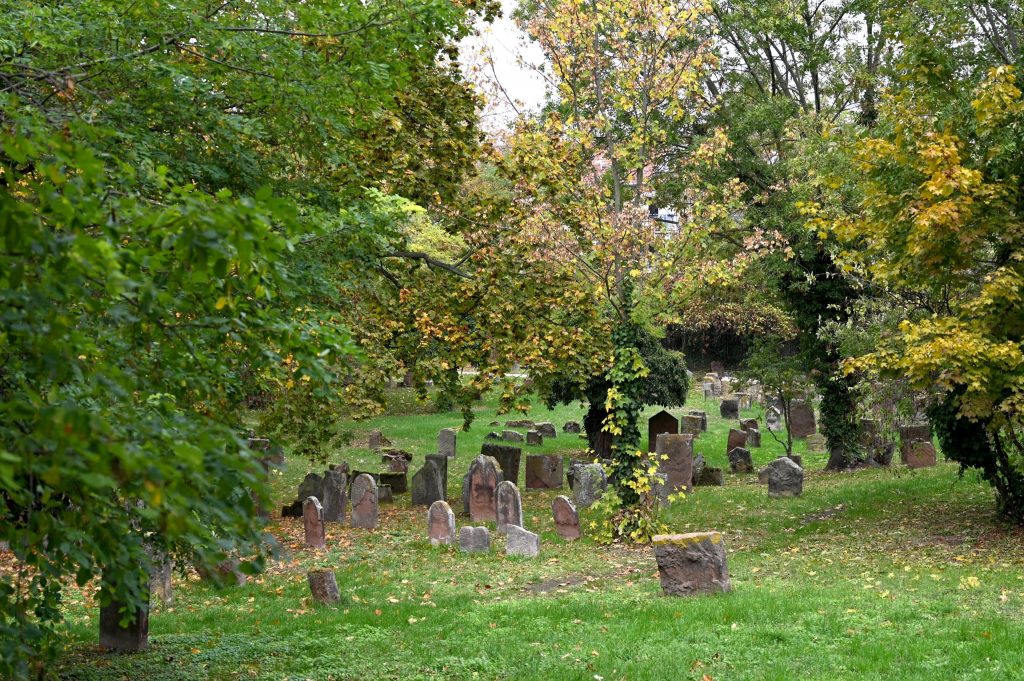
The Jewish Cemetery "Holy Sand
If you walk southwest from the synagogue, past the market square and the cathedral of Worms, you will come to the Willy-Brand-Ring. Jewish Cemetery "Holy Sand. The oldest preserved Jewish cemetery in Europe has around 2,500 gravestones and is a place of pilgrimage for Jewish visitors from all over the world. The oldest gravestones date from 1058/1059 and thus from the first great heyday of the Jewish community in Worms. Numerous influential scholars and rabbis are buried here.
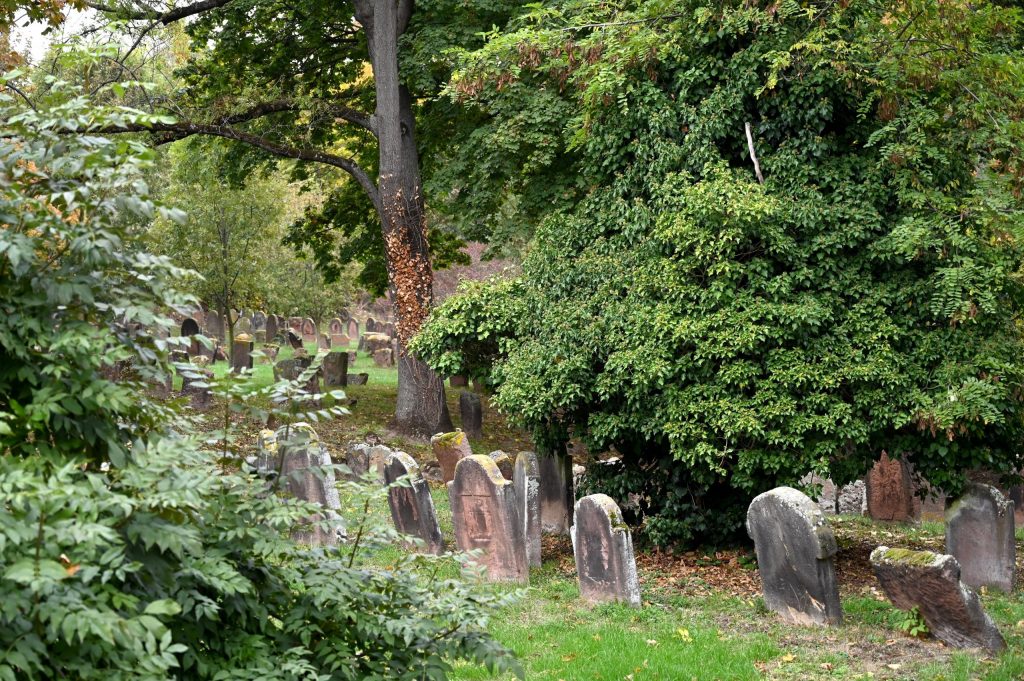
Since the late Middle Ages, the place was also a burial place for the surrounding communities without their own cemetery. The gravestones show a form language and design that is rarely found in this form. In contrast to the usual east orientation of the gravestones, the graves in this cemetery show an orientation to the south, which could not be explained so far.
It is worthwhile to discover the traces of Jewish history in Worms. With the Jewish cemetery, synagogue, Rashi House with Jewish Museum and the historic Judengasse, there are very interesting testimonies to Jewish life in the city, which are definitely worth a visit. More information on the topic can be found at "here".

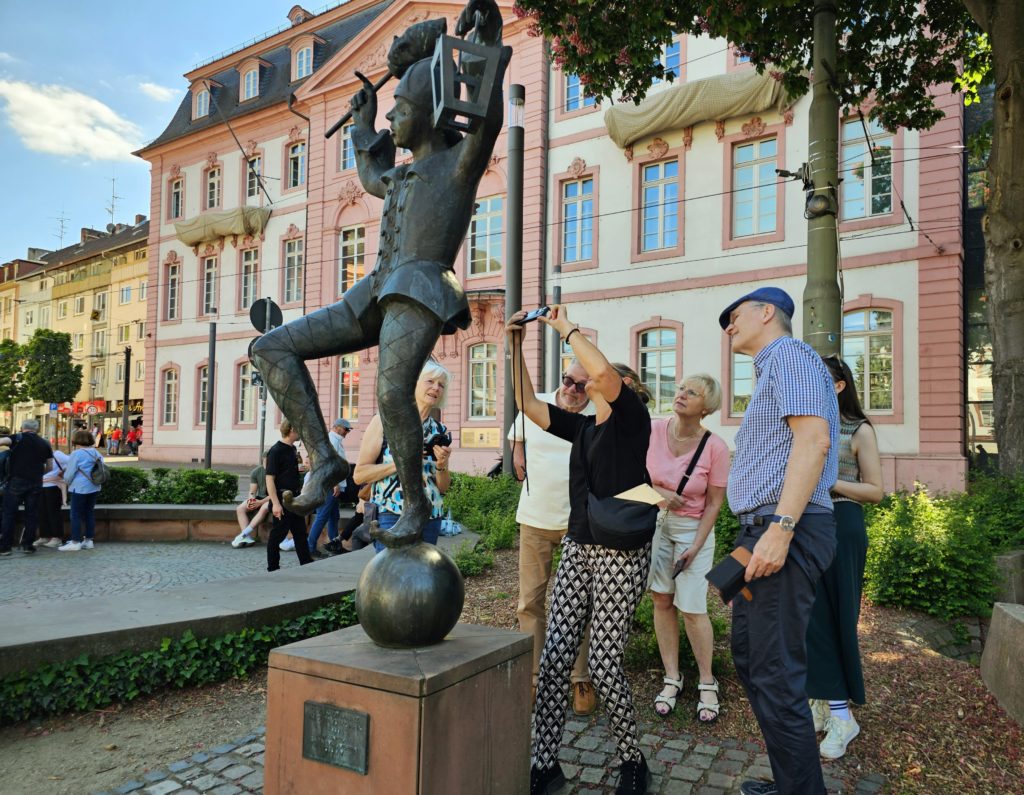
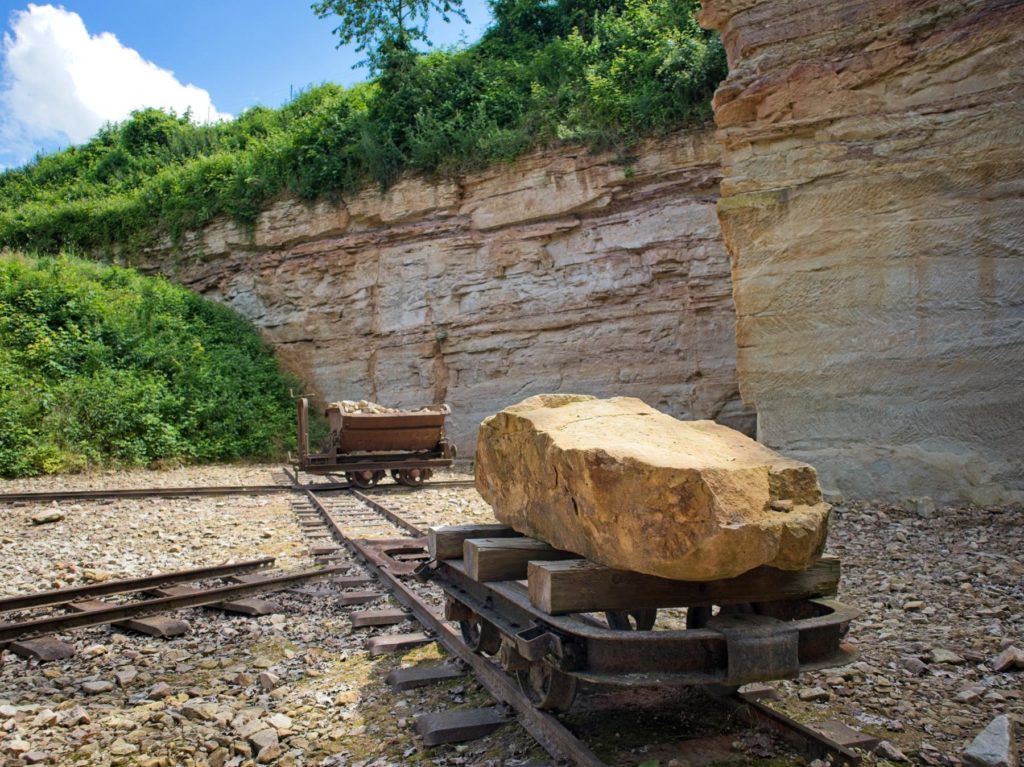
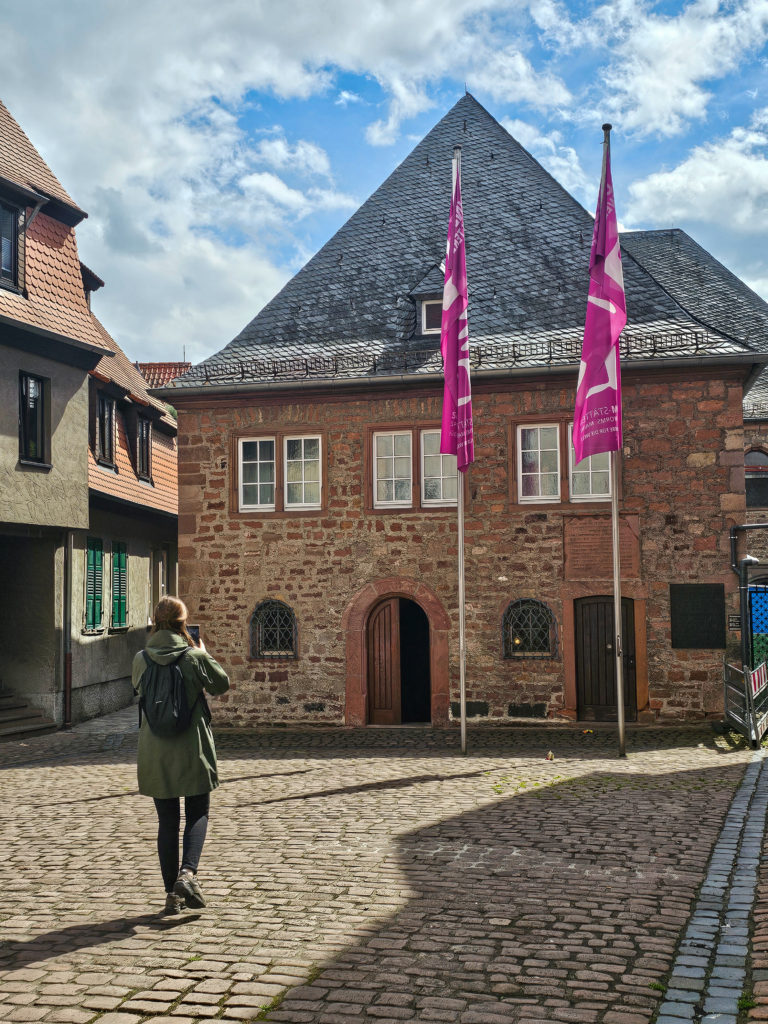
4 Responses
A few years ago, we walked through Worms in the Jewish footsteps. We were allowed to visit the synagogue and the mikveh. No visit to Worms ends without a visit to the Jewish cemetery. Thank you for the information! Irmgard Edelhoff
Hello Irmgard Edelhoff, I am glad that you have already explored the Jewish traces in Worms and the Jewish cemetery is also for me a very special place in Worms. Many greetings, Heiko Müller
Many thanks Heiko Müller, for this interesting and concrete introduction and summary with photos, which encourages me to visit Worms again soon.
It is to be welcomed that German cities like Worms, Erfurt, Cologne, Berlin... have made an effort to make traces of German-Jewish life tangible and worth seeing again in the last 50 years, which was destroyed in large numbers during the time of Nazi terror.
Marc Villain, Brussels/Paris
Thank you Marc Villain, for the positive feedback and I am glad that you plan to visit Worms again soon. I also think that tours like this one in Worms about the German-Jewish life in the city, offer the possibility that history becomes tangible again and you can get to know a city much better through this. Many greetings, Heiko Müller